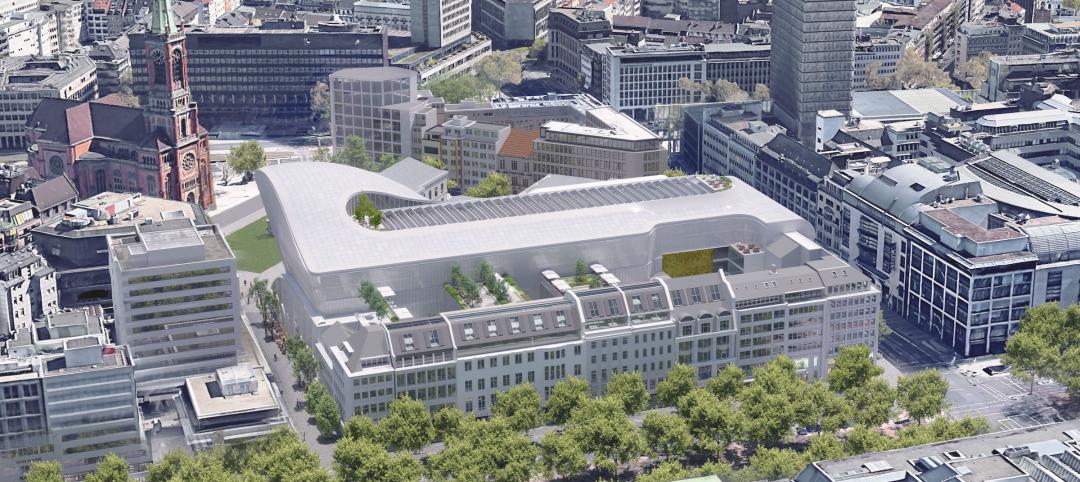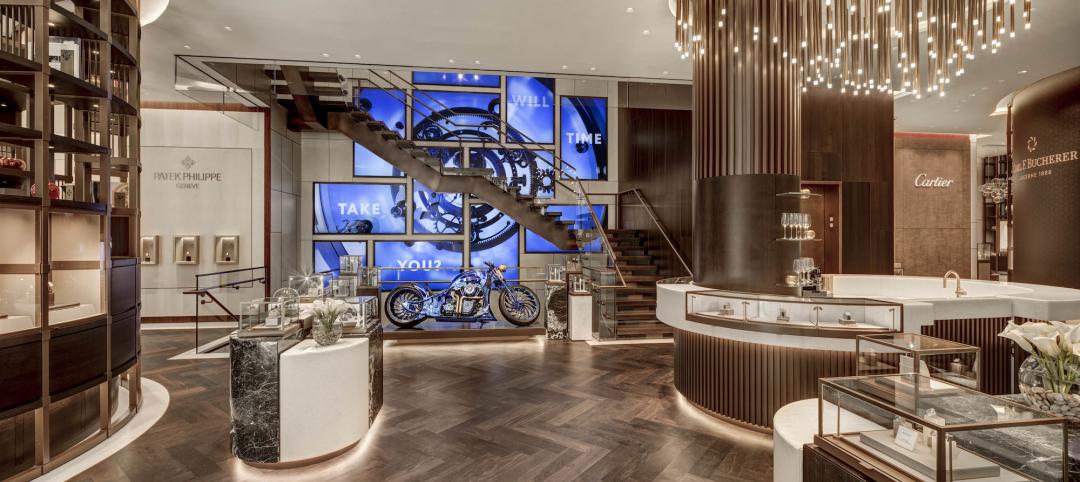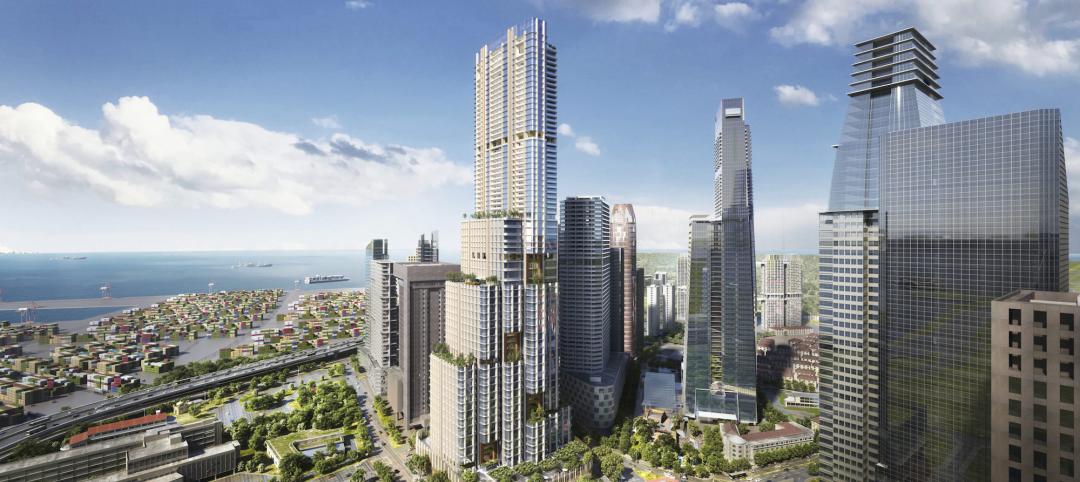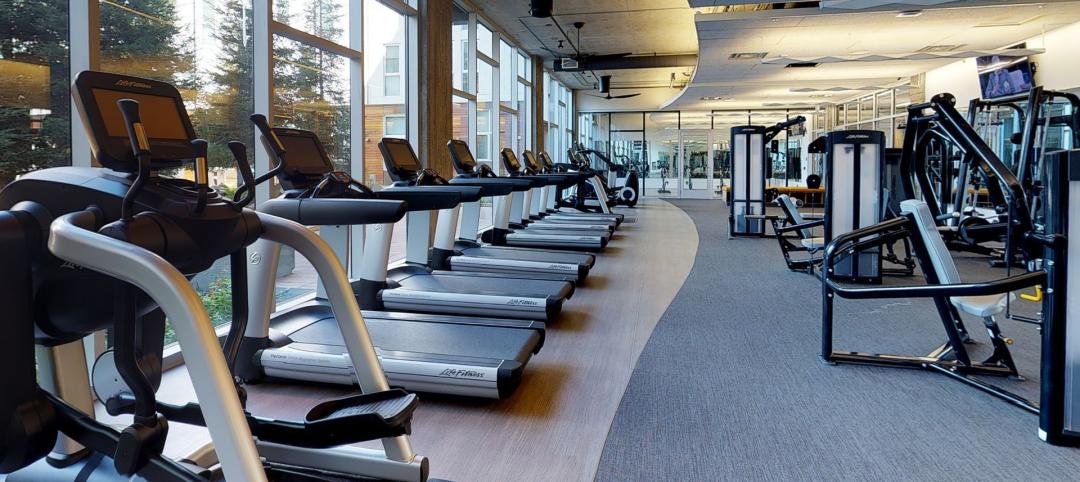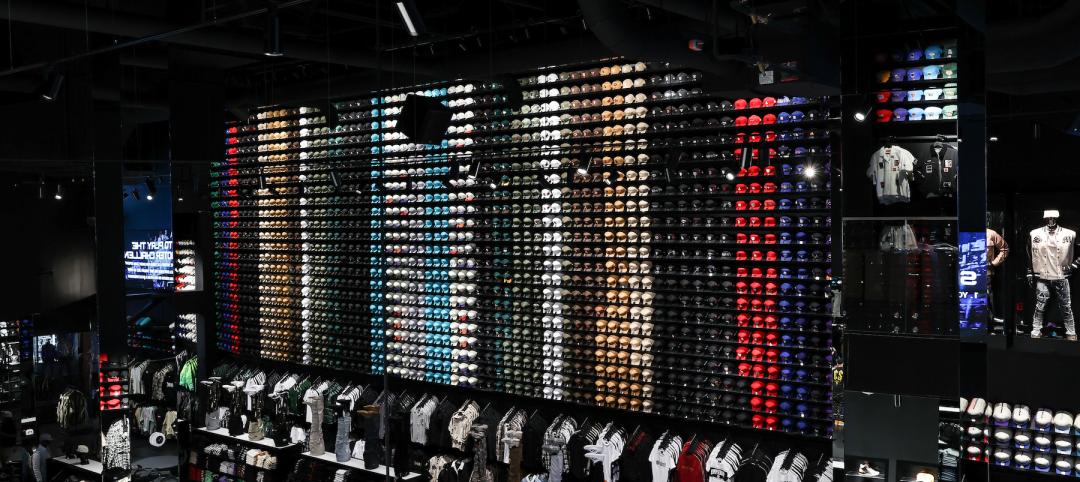The shopping mall of tomorrow will be more like a community center, with access to mass transit, offices, apartments, museums, and services like childcare. Already, some malls have become micro cities that are “changing the face of American retail,” according to CallisonRTKL in its “Mall of the Future,” a compendium of ideas and design trends that the firm believes could drive where shopping malls and retail will be heading over the next two decades.
The firm’s portfolio includes some of the world’s largest and most complex retail malls, so it’s not surprising that CallisonRTKL foresees shopping centers as focal points of urbanized living. Indeed, the firm all but predicts that malls that don’t move in this direction are in danger of becoming extinct at a time when at least one-third of the 1,200 retail malls in the U.S. are on death’s doorstep, and customer expectations about their shopping experiences are rapidly evolving.
'Design wise, malls will require twice the common area of typical malls we see today.'
For one thing, customers want to get out of their cars. CallisonRTKL’s report cites research from the Urban Land Institute, which finds a strong preference among all adult age groups to live in or near mixed-use, walkable neighborhoods.
More broadly, the new generation of shopper is seeking new experiences, not just waiting for them. Retail centers must be flexible in their spaces and assortments to continually offer enough variety that can drive customer traffic. Citing research from Medallia Analysis, CallisonRTKL points out that satisfied customers spend, on average, 140% more than people who are less satisfied with their shopping experiences.
Despite double-digit growth in online shopping in recent years, CallisonRTKL remains bullish on bricks-and-mortar shopping centers.
One of their major competitive responses to online shopping’s encroachment has been food: CallisonRTKL notes that for the first time ever, Americans in 2015 spent more money on dining out than on buying groceries. So malls are adding higher-end restaurants that feature local cuisine. More retail centers are giving customers the option of ordering food online and picking it up at the mall. Some centers have even programmed space for farmers’ markets and community gardens.
Technology is transforming the mall environment. It is unleashing areas used for warehouse space for “click and collect” products and same-day delivery of online sales. More malls are installing interactive maps and wayfinding signage. The Internet of Things is helping retailers market directly and instantaneously to wired shoppers via their smartphones.
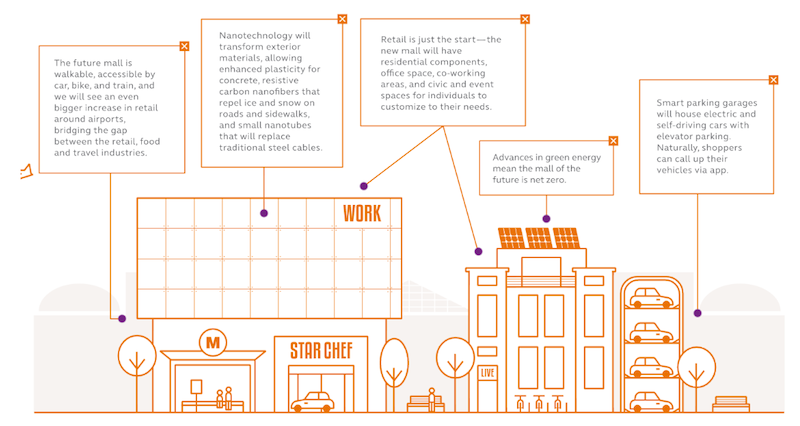 Shopping will just be one facet of tomorrow's successful malls, which will tap into customers' desire to live in walkable, greener communities. Image: CallisonRTKL's “Mall of the Future” report
Shopping will just be one facet of tomorrow's successful malls, which will tap into customers' desire to live in walkable, greener communities. Image: CallisonRTKL's “Mall of the Future” report
CallisonRTKL expects all of these trends to become more widely applied in the malls of tomorrow. The firm foresees walkable malls accessible by public transit or bicycles. Malls will include residential, office, civic, and event spaces. They will be powered by renewable energy. Smart parking garages will accommodate electric cards, and driver apps. The firm also expects more malls to be built near airports, “bridging the gap between retail, food, and travel industries.”
Technology will seep into every aspect of a mall’s design, construction, and operations. “It’s not about gadgets; it’s about infrastructure,” CallisonRTKL wrote. Nanotechnology will help develop better, more durable building products with smaller carbon footprints. Click and collect “will remain and must,” and be much quicker. Broader and better connectivity will provide a customized shopping experience. Stores will include interactive fitting suites that allow customers to digitally try on products before ordering them online. Stores will stock less, and use extra space for warehousing inventory for same-day drone delivery.
Rooftops of malls will be employed for entertainment, dining, and gardens, and be “greener” by reducing heat transmission and water runoff. Customers will use apps to have food and goods delivered anywhere, with alerts for when the pickup is ready and where. Robot delivery will be an option for some malls.
Food will anchor the retail experience, in the forms of restaurants, farms, pop-up vendors, specialty stores, and food festivals. Some of these could be programmed to change daily.
CallisonRTKL goes so far as to suggest that some malls might allow diners the option of growing their own dinners from onsite vegetable gardens and urban beehives. At the very least, successful malls will have pop-up infrastructures that are anchored by preset retail common areas. “Design wise, malls will require twice the common area of typical malls we see today.”
CallisonRTKL foresees more consumers actively seeking shopping experiences that align with their environmentalist inclinations. Streamlined sourcing labels, more dependable vetting processes, and increased connectivity will make it easier for shoppers to choose retailers and products that have a positive effect. “This is a consumer-driven movement that is only going to grow stronger in the next few years.”
Related Stories
Sports and Recreational Facilities | Feb 27, 2023
New 20,000-seat soccer stadium will anchor neighborhood development in Indianapolis
A new 20,000-seat soccer stadium for United Soccer League’s Indy Eleven will be the centerpiece of a major neighborhood development in Indianapolis. The development will transform the southwest quadrant of downtown Indianapolis by adding more than 600 apartments, 205,000 sf of office space, 197,000 sf for retail space and restaurants, parking garages, a hotel, and public plazas with green space.
Retail Centers | Feb 24, 2023
Santiago Calatrava unveils plans for a luxury retail and office complex in Düsseldorf, Germany
Renowned architect and engineer Santiago Calatrava, along with the CENTRUM Group, has unveiled plans for Calatrava Boulevard, a luxury retail and office complex in Düsseldorf, Germany. Running parallel to Königsallee and connecting with the Steinstrasse station, Calatrava Boulevard will incorporate and connect to the boulevard’s existing buildings.
Codes and Standards | Feb 21, 2023
Standards vs Guidelines: The benefits of establishing process
The unsung hero of standards may be the impact they can have on speed to market and price of product and project, according to IA Interior Architects.
Intelligent Lighting | Feb 13, 2023
Exploring intelligent lighting usage in healthcare, commercial facilities
SSR's Todd Herrmann, PE, LEEP AP, explains intelligent lighting's potential use cases in healthcare facilities and more.
Giants 400 | Feb 9, 2023
New Giants 400 download: Get the complete at-a-glance 2022 Giants 400 rankings in Excel
See how your architecture, engineering, or construction firm stacks up against the nation's AEC Giants. For more than 45 years, the editors of Building Design+Construction have surveyed the largest AEC firms in the U.S./Canada to create the annual Giants 400 report. This year, a record 519 firms participated in the Giants 400 report. The final report includes 137 rankings across 25 building sectors and specialty categories.
Giants 400 | Jan 31, 2023
2022 Retail Giants: Top architecture, engineering, and construction firms in the U.S. retail building sector
Gensler, CallisonRTKL, Kimley-Horn, Henderson Engineers, Whiting-Turner Contracting, and Turner Construction top BD+C's rankings of the nation's largest retail sector architecture, engineering, and construction firms, as reported in the 2022 Giants 400 Report.
High-rise Construction | Dec 7, 2022
SOM reveals its design for Singapore’s tallest skyscraper
Skidmore, Owings & Merrill (SOM) has revealed its design for 8 Shenton Way—a mixed-use tower that will stand 63 stories and 305 meters (1,000 feet) high, becoming Singapore’s tallest skyscraper. The design team also plans to make the building one of Asia’s most sustainable skyscrapers. The tower incorporates post-pandemic design features.
Mixed-Use | Dec 6, 2022
Houston developer plans to convert Kevin Roche-designed ConocoPhillips HQ to mixed-use destination
Houston-based Midway, a real estate investment, development, and management firm, plans to redevelop the former ConocoPhillips corporate headquarters site into a mixed-use destination called Watermark District at Woodcreek.
Retail Centers | Nov 29, 2022
'Social' tenants play a vital role in the health of the retail center market
After a long Covid-induced period when the public avoided large gatherings, owners of malls and retail lifestyle centers are increasingly focused on attracting tenants that provide opportunities for socialization. Pent-up demand for experiences involving gatherings of people is fueling renovations and redesigns of large retail developments.
Retail Centers | Nov 17, 2022
Streetwear brand Culture Kings plants its flag in Las Vegas
The immersive retail concept gives customers more reasons to stay in the store longer.




